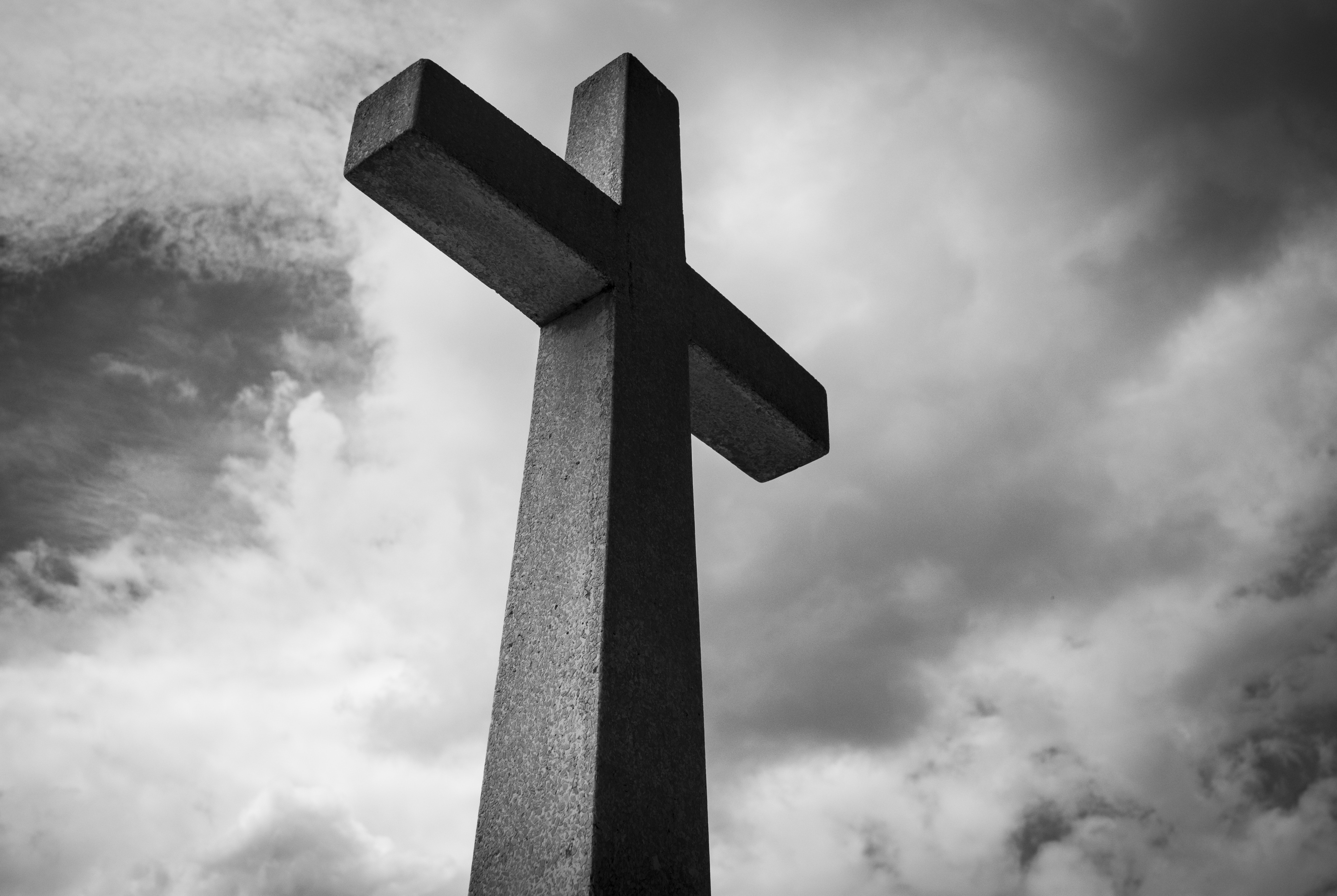
12 Feb “Picturing” Lay Ministry
[vc_row][vc_column][vc_column_text]
“Picturing” Lay Ministry: Photovoice and Participatory Group Spiritual Gifts Assessment (JCM, Vol. 5 – 2013)
Rev. Steven G. Trefz
Garrett-Evangelical Theological Seminary
2013 recipient of ‘The Journal of Christian Ministry Award of Excellence’ for outstanding thesis-project
Abstract
The “Picturing Lay Ministry” project uses the visual methodology of photovoice as a way of generating participatory laity discernment around the topics of calling, rural ministry, and spiritual gifts. The project involves working with curriculum action research embedded within one-day ministry discernment events for laity. Measurement tools include a spiritual gift inventory, repeated measures Likert questionnaires, a short-term photovoice exercise, and semistructured interviews. The research shows that a photovoice intervention positively impacts participants’ awareness and ownership of calling and spiritual giftedness, and encourages contextualization of both ministry realities and hope-filled opportunities.
During our time together in seminary in the early 2000’s, my wife Rebecca had the opportunity to travel to Houston for a ministry leadership conference. At this conference, one of the headliners asked her where she planned on serving after seminary, to which Rebecca replied “the Dakotas.” This headlining evangelist replied, “Why would you go there? There aren’t any people there!” Not only did this comment highly disappoint my wife, but it also caused us to reevaluate our call to ministry. As someone who comes from this place (the Dakotas) where supposedly no one of significance lives, I saw the inherent fallacy of the leader’s missional objectives.
[/vc_column_text][vc_column_text]
If indeed the mission of the church is to send the good news to, for, and with all people, throughout the world, then how could we justify cutting ministry and mission to the rural parts of America?
A simple reading of John 1:35-51 reminds us that perceived cultural insignificance should never be mistaken for Spiritual insignificance. The simple agricultural village of Nazareth (estimated population of 480 people) raised up Jesus, and the commitment of similarly “small” people throughout the region was responsible for the spread of the Gospel in the first place. Continuing to promote ecclesiastical structures and mission objectives that leave out the “Nazareths” in our midst in favor of more densely populated mission fields not only denies the witness of the Gospel, but also runs counter to Jesus’ own mission to and with the “least of these” in his own society.
Granted, the rural communities of America are not utopian and perfect lands just waiting patiently to take part in the mission and ministry of Jesus Christ. The success or failure of the rural congregation in the current era will depend upon how willing it is to take an honest look at its reality, and a hopeful look at its God-graced potential. The “Picturing Lay Ministry” project aims to capture the Spirit of both. My project builds upon a cultural study of the rural church and aims to forge a new path in lay ministry discernment that has the potential to renew the minds of laity concerning spiritual gifts.
My methodology asks questions that get to the heart of individual and collective giftedness and calling, and seeks to offer reflexivity (both scientific and spiritual) at every level of inquiry. All of these factors contribute to my overall thesis for this project: Participants will develop a more positive and more contextualized understanding of their spiritual gifts through a short-term photovoice experience.
[/vc_column_text][/vc_column][/vc_row]
Read More

